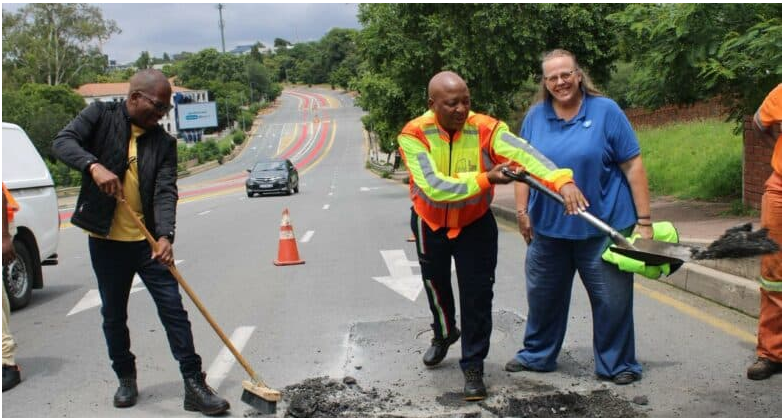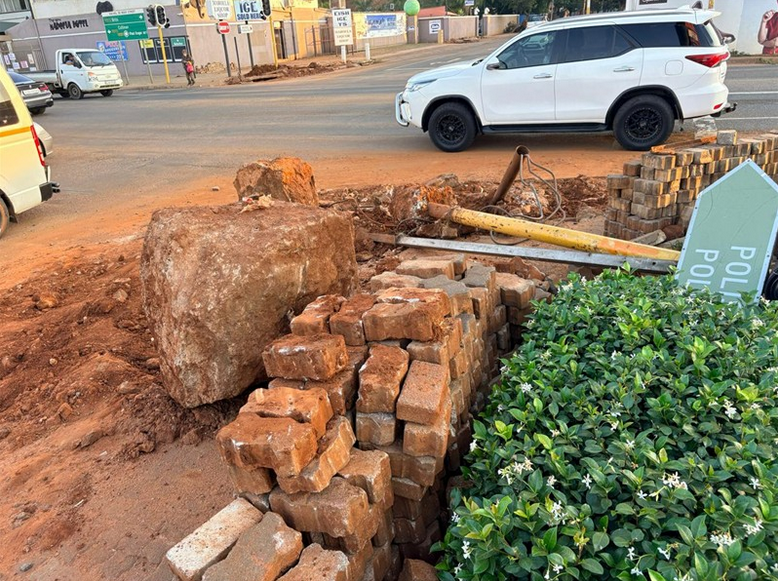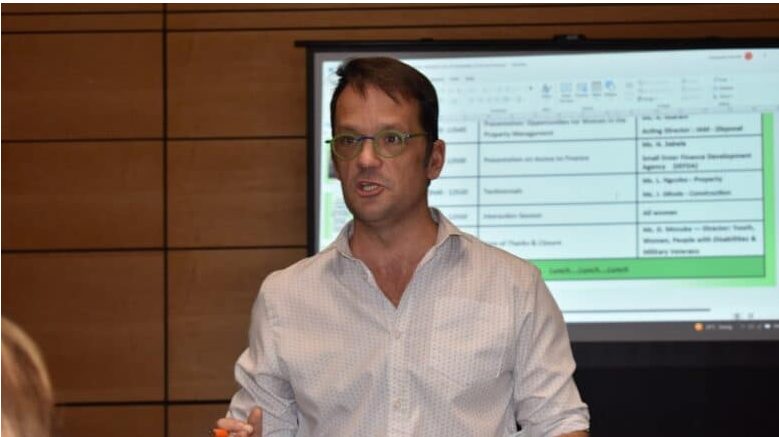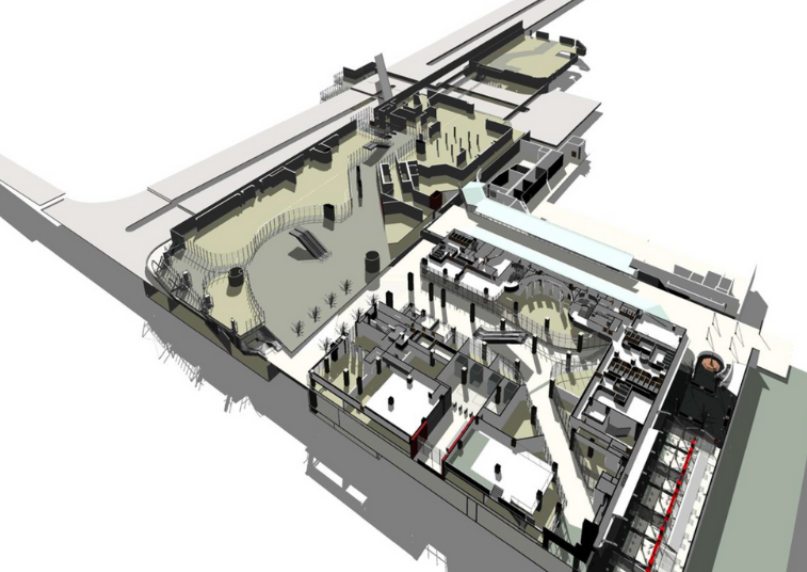SA’s grid transformation — Eskom’s R112bn plan for electricity ‘freeways’ as future generation heads to Cape provinces
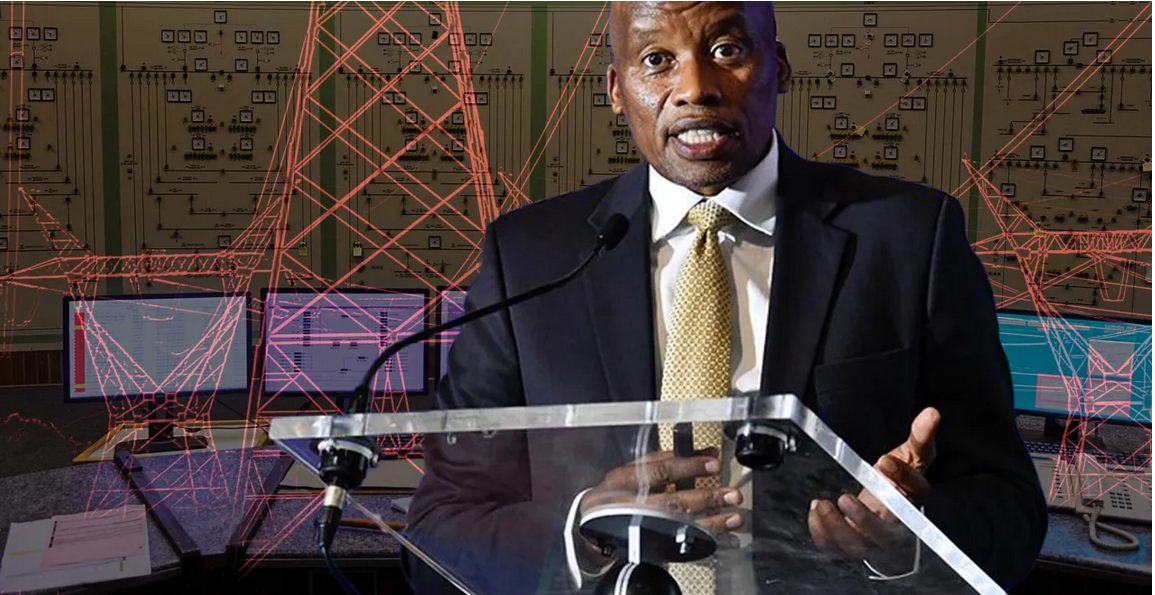
Advertising
27-11-2024
Read : 167 times
Daily Maverick
Source
On Monday, the National Transmission Company of South Africa announced that it has signed long-term agreements with 28 local companies to provide services for the construction of substations.
The National Transmission Company of South Africa (NTCSA) has announced the latest development in a recent flurry of activity by the wholly owned subsidiary of Eskom, which portends a geographical reconfiguration of South Africa’s energy landscape.
“The NTCSA leadership has identified two priority programmes, the Additional Transformation Programme providing 13GW and the Expedited Projects Programme supplying 24GW, to accelerate the delivery of transmission infrastructure. These projects are at various stages of implementation in terms of design, procurement, and construction,” it said in a statement on Monday, 25 November 2024.
“The substation panel contracts signed today are one of the critical milestones to enable the delivery of the priority programmes,” said Segomoco Scheppers, interim CEO of the NTCSA.
Just a few weeks ago, the company released its Transmission Development Plan 2025 – 2034 (TDP), for which R112-billion in capital has been earmarked over the next five years to advance it.
With long-term implications for communities from the coal mines in Mpumalanga to the sun-baked interior and wind-swept coastline of Northern and Western Cape, Scheppers, in an interview with Daily Maverick, shared how the company and its TDP are poised to significantly reshape the geographical disposition of electricity generation in the country.
This transformation is driven by the increasing integration of renewable energy sources, such as solar and wind, the best of which are often located far from the fleet of coal-fired power plants in the interior of the country.
These technologies do not emit pollutive and planet-warming gases, and according to the Minister of Energy and Electricity, Kgosientsho Ramokgopa, they also offer South Africans the “cheapest form of electricity”.
Read more: SA’s renewables boom: A pathway to clean power and economic growth
Scheppers, in the interview, conceded that the speed at which he and his team can do their job will indirectly determine – in part – the pace at which South Africa can increase the proportion of renewable energy relative to fossil fuels in the country’s energy mix.
Power freeways
But what is “transmission”?
“If one imagines the electricity value chain, you have on the one hand, generators and on the other you have distributors and demand, which could be factories or mines. In between you have transmission,” said Scheppers.
He said “you could almost think of a transmission as the freeways” taking electricity from generators before the offramps and smaller roads of distribution take it to the end user.
He explained that power stations produce electricity before the voltage is stepped up “and what that allows you to do is to transport that power over very long distances with minimal losses” before the electricity is stepped down through a transformer to the voltages necessary to distribute it.
So, Scheppers explained: “It’s bulk transport of a lot of power over long distances.”
The NTCSA is also responsible for the function of the system operator, which, he explained, is given the role of “making sure that at all times the supply and the demand are in balance” because “all of these things are dynamic”.
“Simple things such as you switching on the light or a kettle or a heater, it’s actually impacting the demand on the country, and on the generation side, you need to have an equivalent reaction to make sure that the supply and demand can be matched, and the system operator is the one that is responsible for that role of making sure supply and demand are in balance all the time,” he explained.
Scheppers continued that as South Africa increases renewable energy as a portion of its energy mix, this too will have an impact on transmission.
Referring to the Cape provinces, he said: “You are having significant renewable energy resources being developed in areas that traditionally had no generation so you did not need transmission in those places, or at least not the same level of transmission.
“So with the way that the dynamic of the power system is shifting, we don’t have a strong enough transmission network to actually collect those generation resources and to move them long distances, relatively speaking, because you now want to collect this power from the southern part of the country and move it to… where you have more robust industrial demand.”
South Africa’s transmission infrastructure at present amounts to some 33,000 kilometres of lines, roughly 170 substations and about 575 large transformers. The TDP released earlier this month is the NTCSA’s most recent update to its strategy.
A Flourish map
To accommodate the anticipated 56GW of new generation capacity expected online by 2034, the TDP 2024 necessitates the construction of 14,500km of new high-voltage transmission lines and the addition of 210 transformers. This represents a slight increase in ambition from the previous TDP, which projected a need for 53GW of new generation capacity by 2032, requiring 14,200 km of lines and 170 transformers. The bulk of this 56GW “will be wind and solar PV”, according to Scheppers.
“There will be some gas generation, for example in the mix and a few other technologies, but the bulk of that generation is going to be renewable, wind and solar.”
The plan aims to achieve an additional 5,043km of power lines by the end of the 2029 financial year. For the current financial year, the plan is to complete 286km of power lines. As of September 2024, 84% of this year’s target for power lines (75.8km out of 89km) had already been achieved.
Several projects are already under way and are expected to contribute to achieving the TDP 2024 goals in the next year. Forty-seven “priority projects” have been identified to accelerate the integration of 37GW of new generation capacity by 2033.
Unlocking investment
Asked to what extent the scale and pace of the transmission infrastructure rollout will determine the country’s decarbonisation agenda, Scheppers was measured and realistic about the obstacles.
“The pace at which we roll out the infrastructure has a big impact on how quickly we can integrate the new resources, so that is an effect. On the other hand, the rate at which we retire the coal stations … has other factors to consider beyond just how much a new generation is available.”
“So that is the one part. The second part is slightly technical. One has to look at what is the dynamic performance of the power system as you bring in more renewables. The level of penetration, the higher it is, the more you are prone to instability,” he said.
He explained that “the way you produce electricity traditionally” involves a rotor (rotating part) and a stator (stationary part) and the relative motion between these creates a changing magnetic field, which induces an electromotive force and generates electricity, “and that electricity is essentially what is called alternating current”.
He continued: “When you now bring in renewables, where your source of electricity is almost digital, you are working from the solar PV and this is inverter-based technology, you don’t have rotating machines in the production of electricity.
“So as you are bringing in more of the renewables, you also need to be making sure that some of the electrical characteristics you get from the rotating synchronous generators is actually compensated for … because they provide that rotating mass that, in fact, helps to stabilise the voltages and the overall power system where the network is relatively weak.”
Scheppers ended the interview on a hopeful note laying out the vision for the organisation he leads.
“We are an enabler. We help make big things happen.
“That enabler is really something that unlocks more investment in the economy in terms of new generation, more investment in terms of transporting that generation to where the demand is, whether people are putting up data centres or factories or whatever. So we are an enabler and it’s important, I think, in that sense that there’s the appreciation for the importance of transmission.”
Recent News
Here are recent news articles from the Building and Construction Industry.
Have you signed up for your free copy yet?
